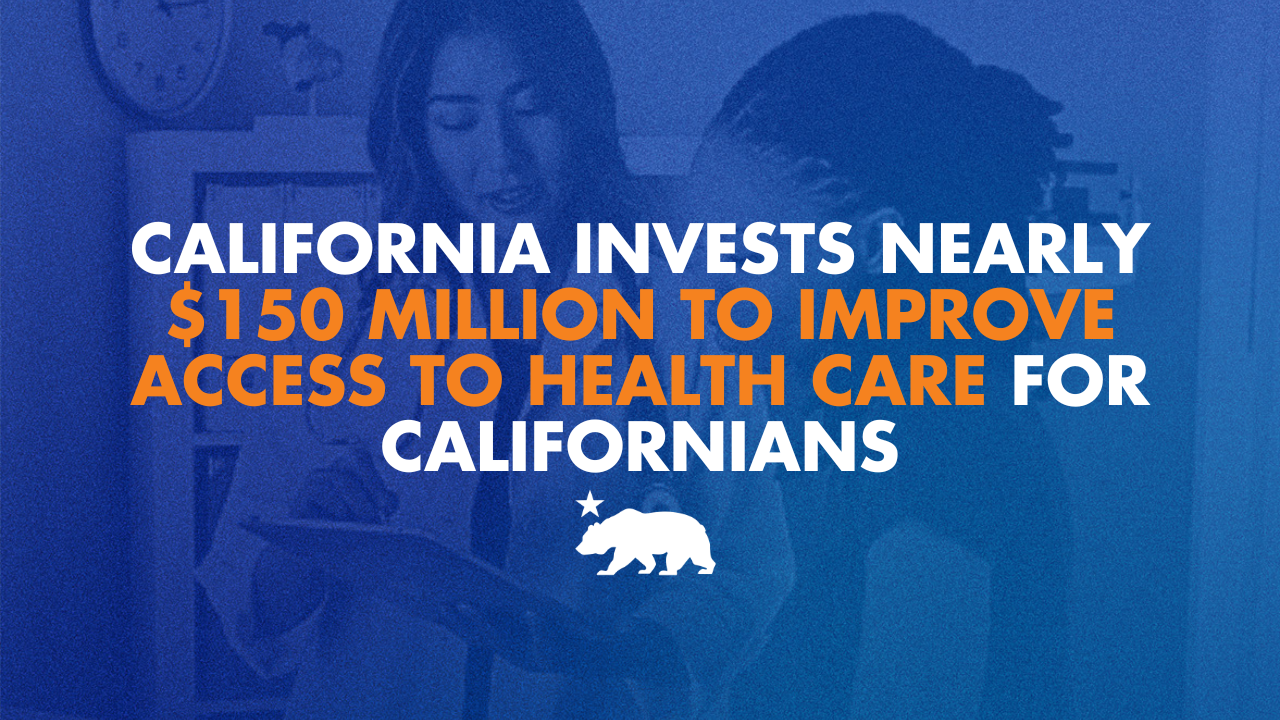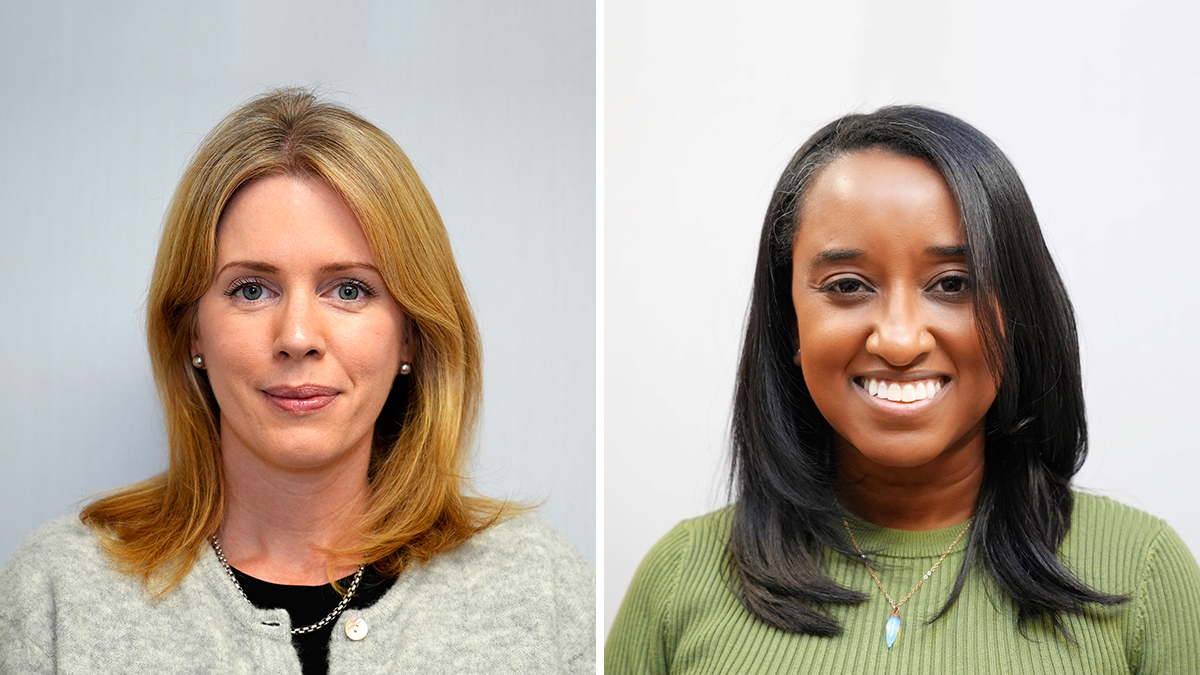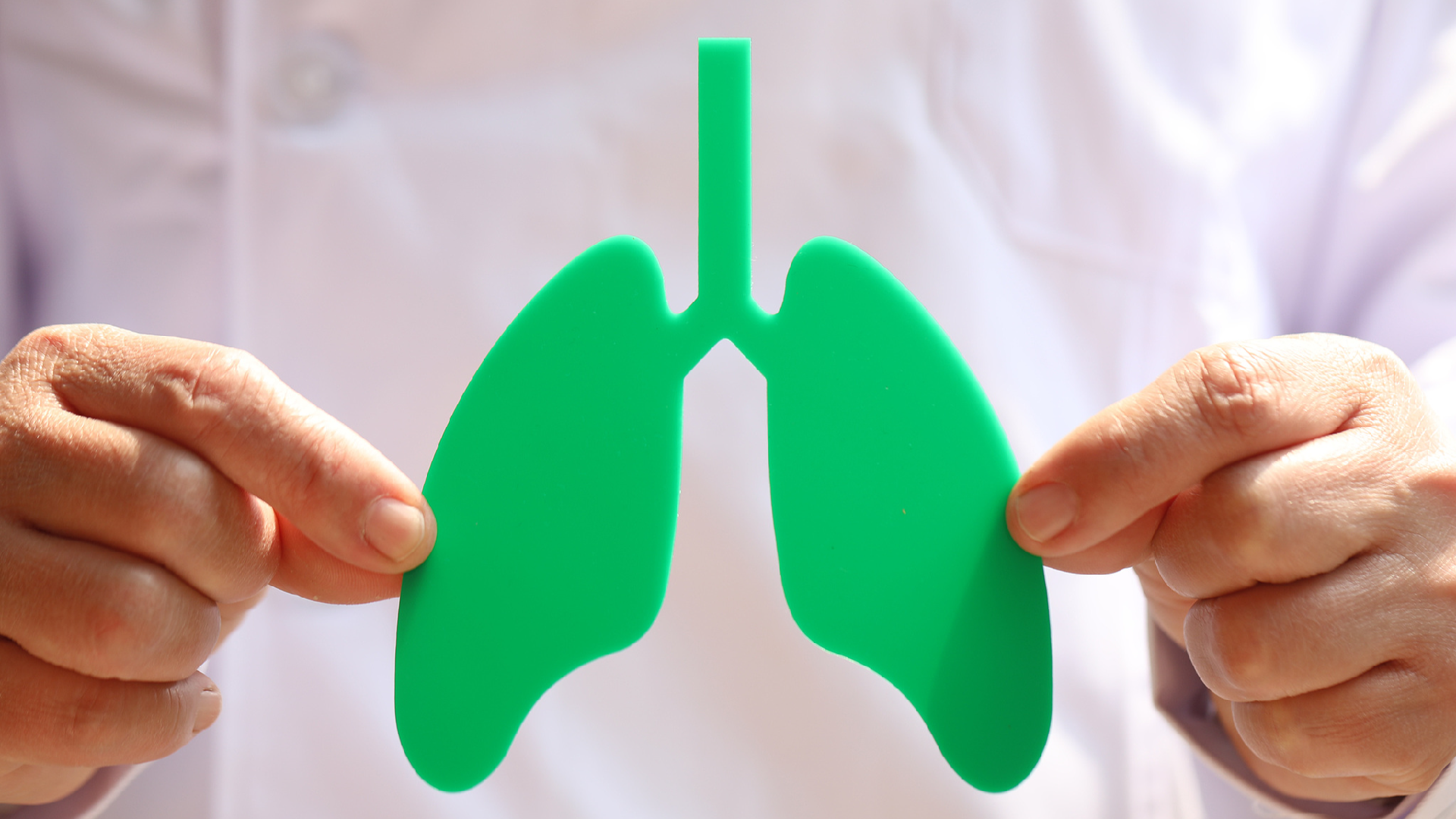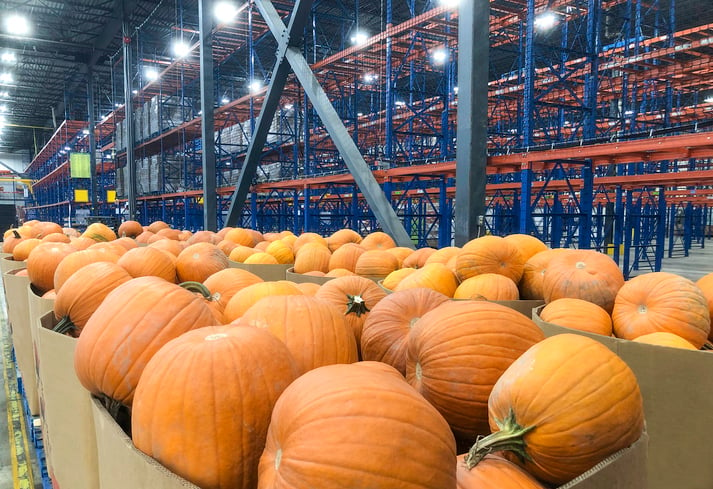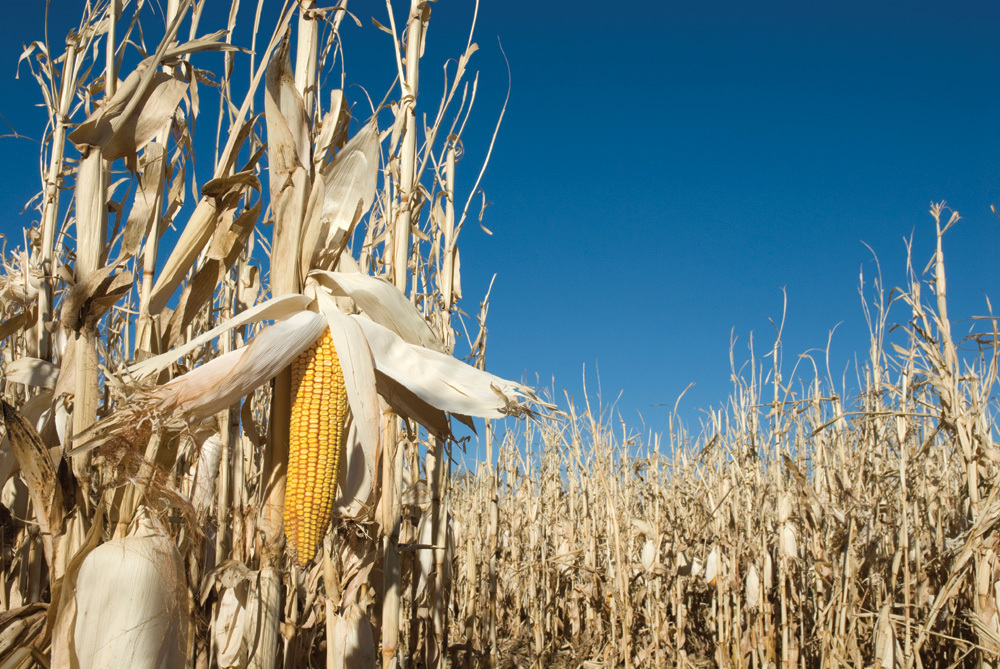East-West Seed remembers founder Simon Groot – Fruitnet

Report on the Life and Sustainable Development Contributions of Simon Nanne Groot
Introduction
This report details the life and work of Simon Nanne Groot (1934-2024), the founder of East-West Seed and the 2019 World Food Prize Laureate. A sixth-generation seedsman, Mr. Groot dedicated his career to improving the livelihoods of smallholder farmers, creating a transformative impact that aligns directly with several United Nations Sustainable Development Goals (SDGs). His work, which spanned over four decades and reached more than 80 countries, provides a significant case study in achieving sustainable development through agricultural innovation.
Alignment with Sustainable Development Goals (SDGs)
The core mission of Simon Groot and East-West Seed was to empower smallholder farmers in tropical regions. This work has had a profound and measurable impact on multiple SDGs.
SDG 1: No Poverty & SDG 2: Zero Hunger
Mr. Groot’s primary focus was on alleviating poverty and ensuring food security by enhancing agricultural productivity. His travels as a marketing director for his family’s business exposed him to the challenges faced by smallholder farmers in Southeast Asia, leading to the creation of East-West Seed in 1982.
- Increased Income: By developing and distributing high-quality, locally adapted vegetable seeds, his initiative enabled millions of farmers to increase their yields and, consequently, their income, directly contributing to SDG 1 (No Poverty).
- Enhanced Food Security: The provision of superior seeds and knowledge on improved cultivation practices led to more robust and reliable harvests, tackling food insecurity at the local level and advancing SDG 2 (Zero Hunger).
- Improved Nutrition: The focus on vegetable crops invigorated rural and urban markets, making nutritious food more available and affordable for millions of families, a key target of SDG 2.
SDG 3: Good Health and Well-being & SDG 8: Decent Work and Economic Growth
The impact of Mr. Groot’s work extended beyond the farm, fostering broader economic and health benefits within communities.
- Fostering Economic Growth: Empowering farmers created sustainable livelihoods and stimulated rural economies, aligning with the principles of SDG 8 (Decent Work and Economic Growth).
- Promoting Health: The increased availability of affordable, nutritious vegetables directly supports SDG 3 (Good Health and Well-being) by improving diets and combating malnutrition.
SDG 17: Partnerships for the Goals
The formation and success of East-West Seed serve as a powerful example of global collaboration for sustainable development.
- Cross-Continental Collaboration: Mr. Groot, from the Netherlands, partnered with Filipino seed trader Benito Domingo and collaborated with the Royal Tropical Institute in Amsterdam.
- Knowledge Fusion: The company’s name, East-West Seed, reflects its foundational principle of combining Western plant breeding science with Eastern agricultural knowledge, embodying the spirit of SDG 17 (Partnerships for the Goals).
Legacy and International Recognition
Key Achievements
- Founding East-West Seed: Established in the Philippines in 1982 to serve smallholder farmers in Asia.
- Global Reach: Expanded operations to provide quality seeds and training to farmers in over 80 countries.
- Pioneering Tropical Vegetable Breeding: Developed commercially viable, high-quality vegetable varieties suited for tropical climates.
Major Awards and Honors
- 2019 World Food Prize: Received the highest honor in agriculture, often called the “Nobel Prize for Food,” for his transformative work.
- Order of Sikatuna: A prestigious diplomatic merit awarded by the Republic of the Philippines.
- Officer of the Order of Orange-Nassau: A royal decoration bestowed by the Netherlands.
Simon Groot’s legacy is the demonstrable improvement in the lives of millions and a sustainable model for agricultural development. His work continues to guide East-West Seed in its mission to improve the livelihoods of farmers and contribute to a food-secure world.
Which SDGs are addressed or connected to the issues highlighted in the article?
SDG 1: No Poverty
- The article directly connects the work of Simon Groot to poverty alleviation. It states his efforts were recognized for “lifting millions of smallholder farmers out of poverty” and that he noticed the “poverty of smallholder farmers in South East Asia.” The core mission was to help farmers “increase their productivity and income,” which is a primary mechanism for poverty reduction.
SDG 2: Zero Hunger
- The article is centered on agriculture, food production, and nutrition. Groot’s work involved providing “quality seeds” for vegetables, which led to “improved access to nutritious vegetables” for millions of consumers. The initiative aimed to enhance food security by making “nutritious vegetables more widely available and affordable,” directly addressing food access and quality.
SDG 17: Partnerships for the Goals
- The formation and success of East-West Seed are presented as a result of collaboration. The article highlights the partnership between Simon Groot, from a Dutch seed family, and “Filipino seed trader Benito Domingo.” It explicitly mentions that “Eastern and Western knowledge were combined,” showcasing a North-South partnership for technology and knowledge transfer.
What specific targets under those SDGs can be identified based on the article’s content?
SDG 1: No Poverty
- Target 1.2: By 2030, reduce at least by half the proportion of men, women and children of all ages living in poverty. The article supports this by describing how Groot’s work helped “millions of farmers have earned greater incomes,” directly contributing to reducing poverty levels among smallholder farming communities.
- Target 1.4: By 2030, ensure that all men and women, in particular the poor and the vulnerable, have equal rights to economic resources, as well as access to… appropriate new technology. The provision of “high-quality seed” and “knowledge on improved cultivation practices” represents providing access to new and appropriate technology for smallholder farmers, enabling them to improve their economic standing.
SDG 2: Zero Hunger
- Target 2.1: By 2030, end hunger and ensure access by all people… to safe, nutritious and sufficient food all year round. The article highlights that the work made “nutritious vegetables more widely available and affordable for millions of families each year,” directly contributing to better nutrition and food access.
- Target 2.3: By 2030, double the agricultural productivity and incomes of small-scale food producers. This target is central to the article’s narrative. Groot’s mission was to provide “quality seeds so farmers could increase their productivity and income.” The success of this is noted by stating “millions of farmers have earned greater incomes.”
- Target 2.a: Increase investment, including through enhanced international cooperation, in… agricultural research and extension services, technology development… The article describes Groot’s work in “plant breeding” (technology development) and “imparting knowledge on improved cultivation practices” (extension services). The collaboration between Dutch and Filipino experts is a clear example of international cooperation to enhance agricultural capacity.
SDG 17: Partnerships for the Goals
- Target 17.6: Enhance North-South, South-South and triangular regional and international cooperation on and access to science, technology and innovation and enhance knowledge sharing. The article provides a clear example of this target in action. Simon Groot from the Netherlands (“Western knowledge”) collaborated with a “Filipino seed trader” (“Eastern knowledge”) to “deliver quality seeds to smallholder farmers in Asia,” embodying North-South cooperation and knowledge sharing.
Are there any indicators mentioned or implied in the article that can be used to measure progress towards the identified targets?
SDG 1: No Poverty
- Implied Indicator: Change in income of smallholder farmers. The article repeatedly mentions that farmers were able to “increase their productivity and income” and that “millions of farmers have earned greater incomes.”
- Implied Indicator: Number of people lifted out of poverty. The article explicitly states the work was recognized for “lifting millions of smallholder farmers out of poverty.”
SDG 2: Zero Hunger
- Implied Indicator: Change in agricultural productivity. The article notes the goal was for farmers to “increase their productivity.”
- Implied Indicator: Availability and affordability of nutritious food. Progress is implied by the outcome of “making nutritious vegetables more widely available and affordable for millions of families.”
SDG 17: Partnerships for the Goals
- Implied Indicator: Number of countries benefiting from international cooperation. The article states that the work provided seeds and knowledge to farmers “across more than 80 countries.”
- Implied Indicator: Number of knowledge-sharing partnerships. The specific partnership between Simon Groot (Netherlands) and Benito Domingo (Philippines) is mentioned as a foundational example where “Eastern and Western knowledge were combined.”
| SDGs | Targets | Indicators |
|---|---|---|
| SDG 1: No Poverty |
1.2: Reduce poverty by at least half.
1.4: Ensure access to economic resources and new technology for the poor. |
– Increased income for smallholder farmers (“millions of farmers have earned greater incomes”). – Number of people lifted out of poverty (“lifting millions of smallholder farmers out of poverty”). |
| SDG 2: Zero Hunger |
2.1: Ensure access to safe and nutritious food.
2.3: Double the agricultural productivity and incomes of small-scale food producers. 2.a: Increase investment and international cooperation in agricultural research, extension, and technology. |
– Increased availability and affordability of nutritious food (“making nutritious vegetables more widely available and affordable”). – Increased agricultural productivity (“increase their productivity”). – Increased income for small-scale producers (“increase their… income”). |
| SDG 17: Partnerships for the Goals | 17.6: Enhance North-South cooperation on science, technology, innovation, and knowledge sharing. |
– Number of countries reached through cooperation (“more than 80 countries”). – Existence of knowledge-sharing partnerships (“Eastern and Western knowledge were combined”). |
Source: fruitnet.com

What is Your Reaction?
 Like
0
Like
0
 Dislike
0
Dislike
0
 Love
0
Love
0
 Funny
0
Funny
0
 Angry
0
Angry
0
 Sad
0
Sad
0
 Wow
0
Wow
0



























































